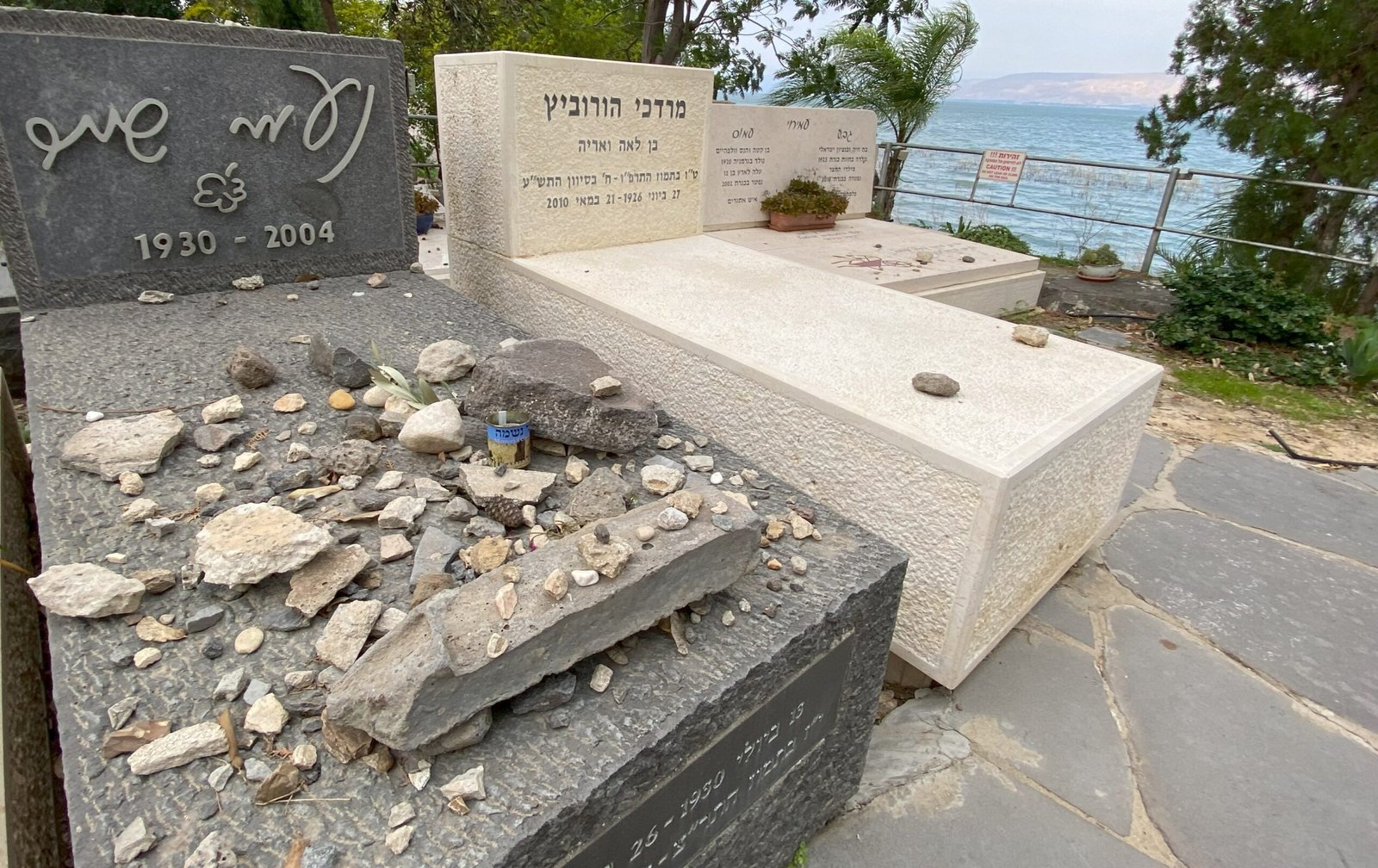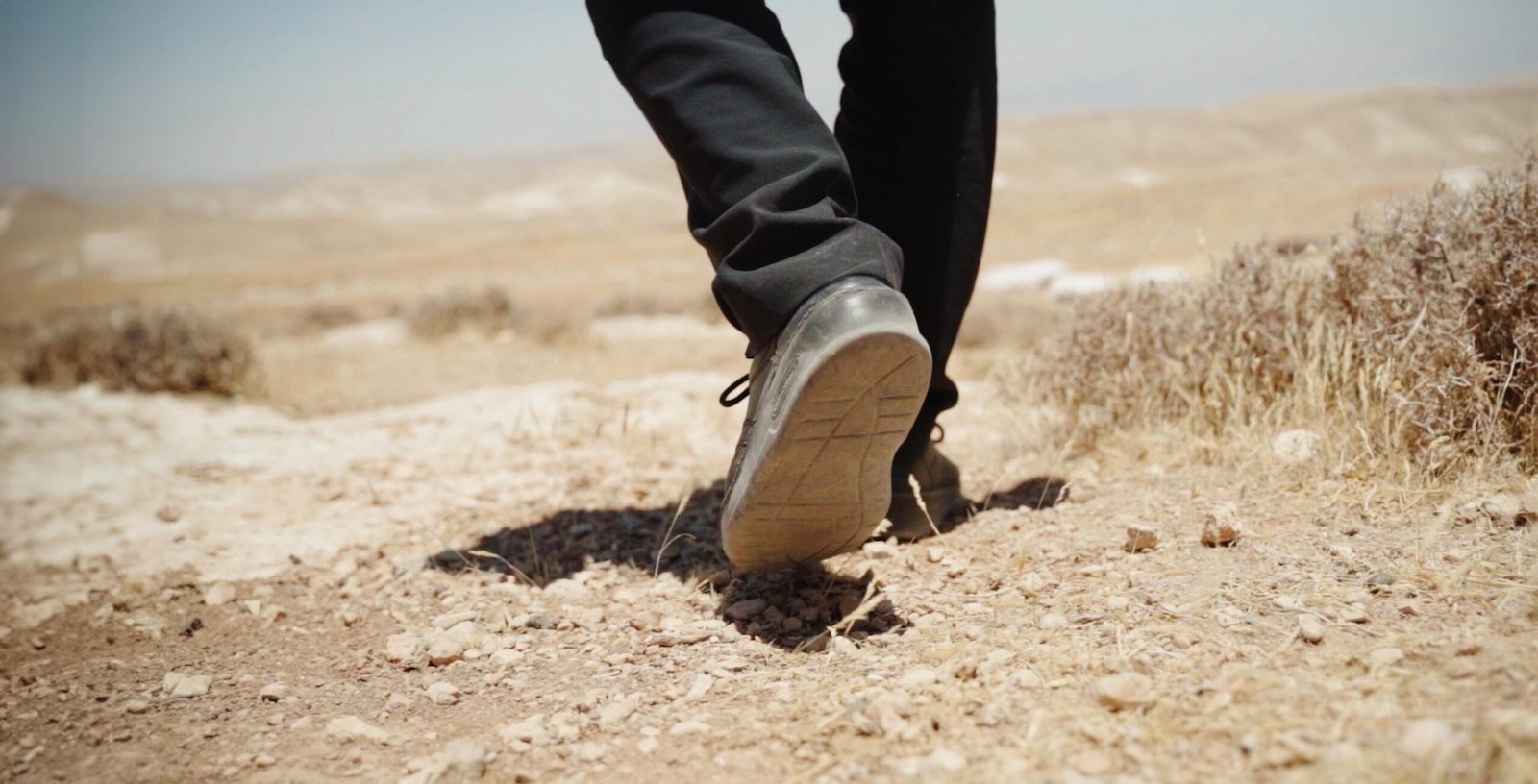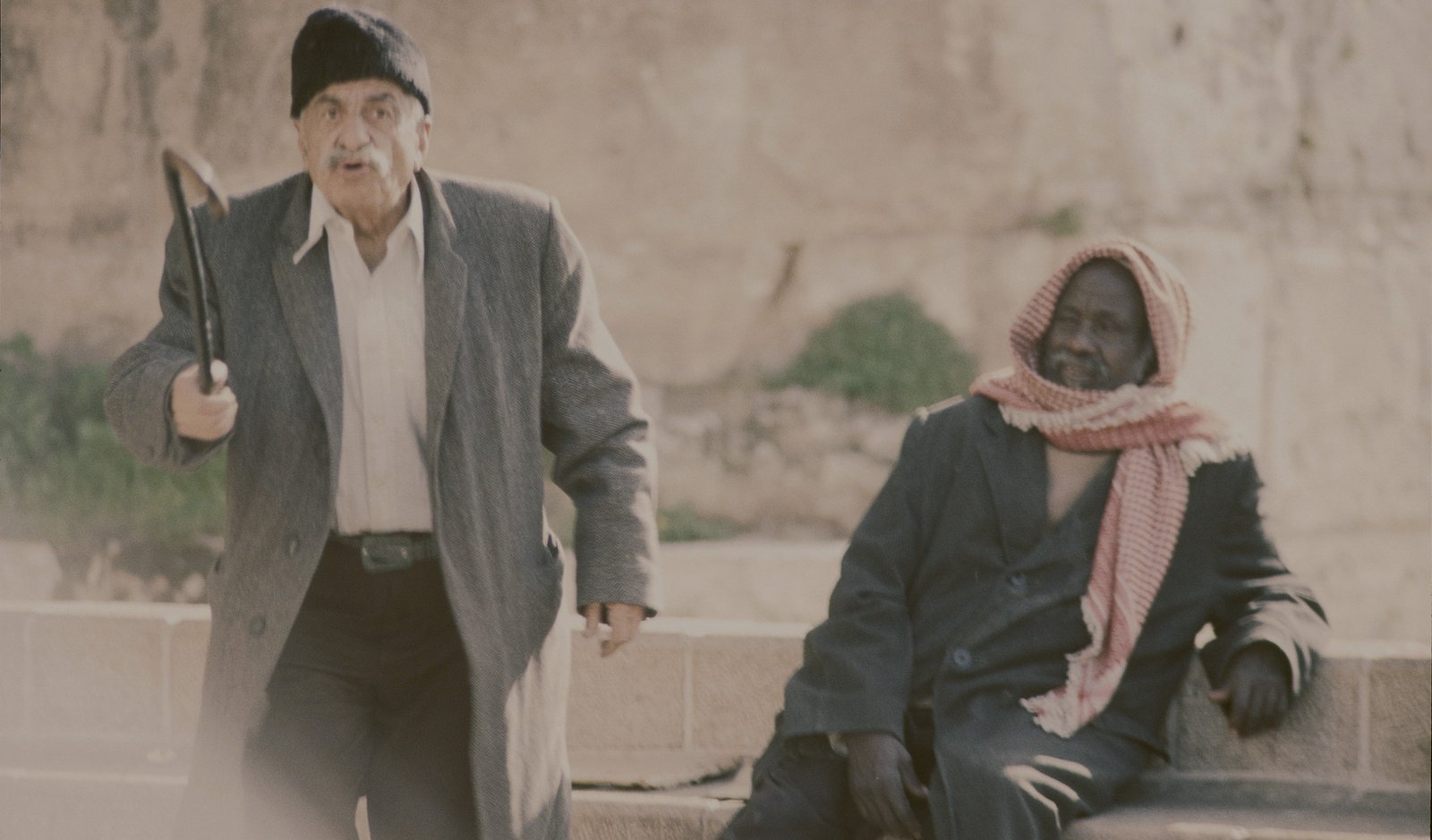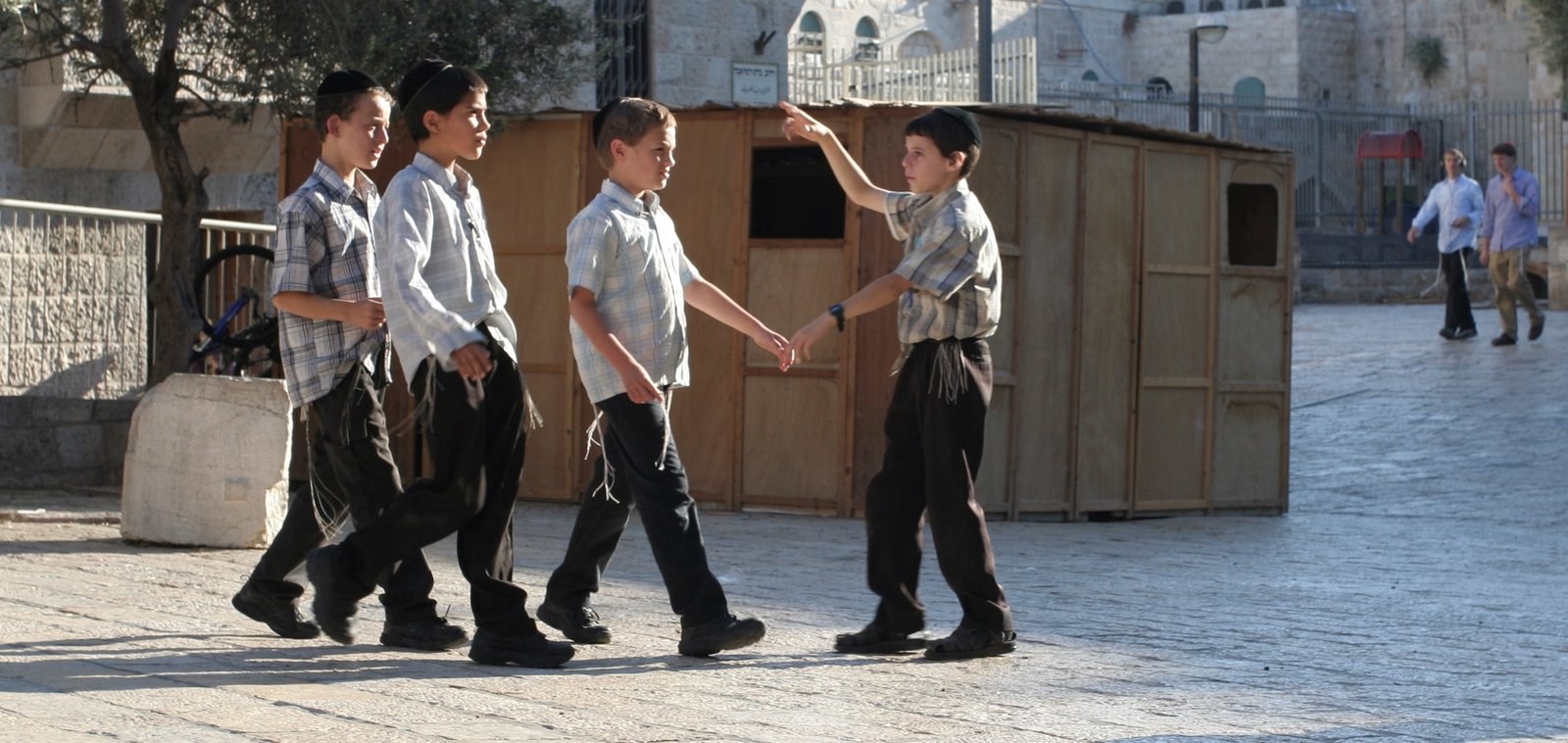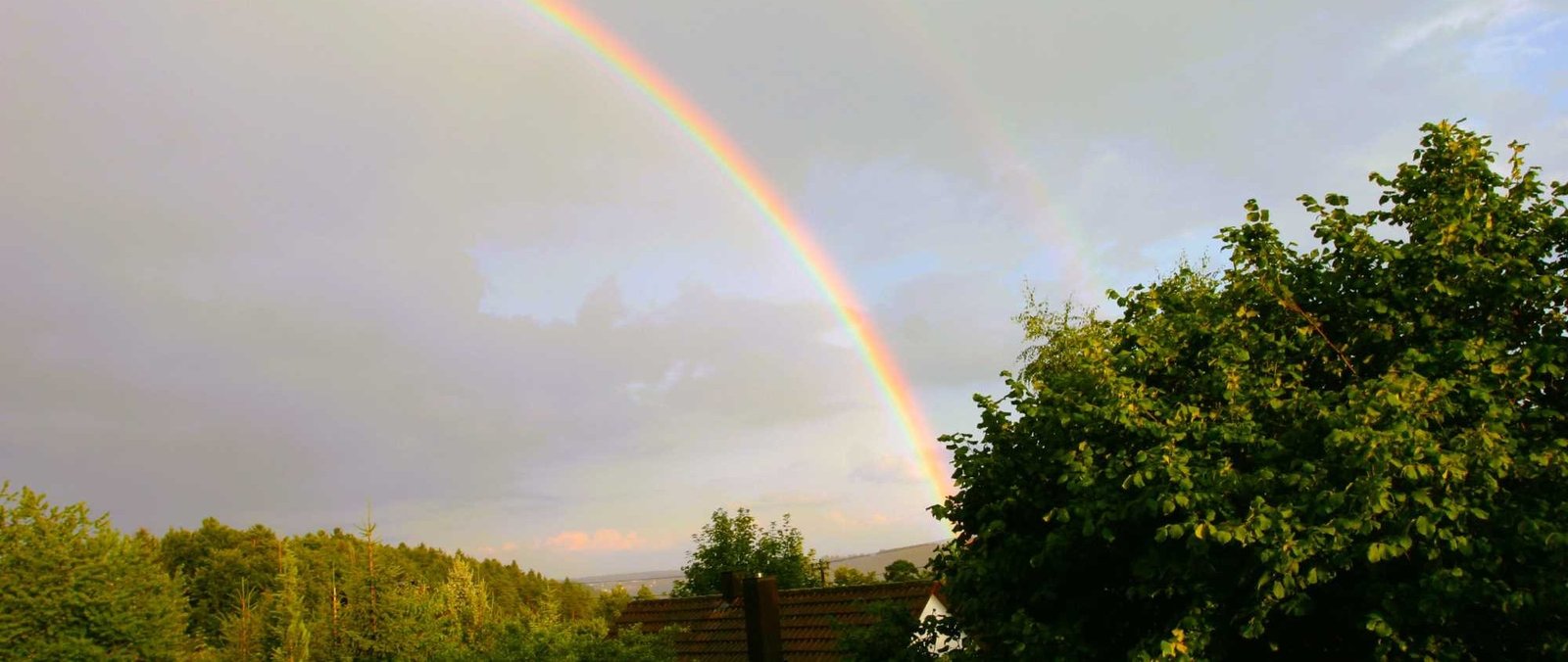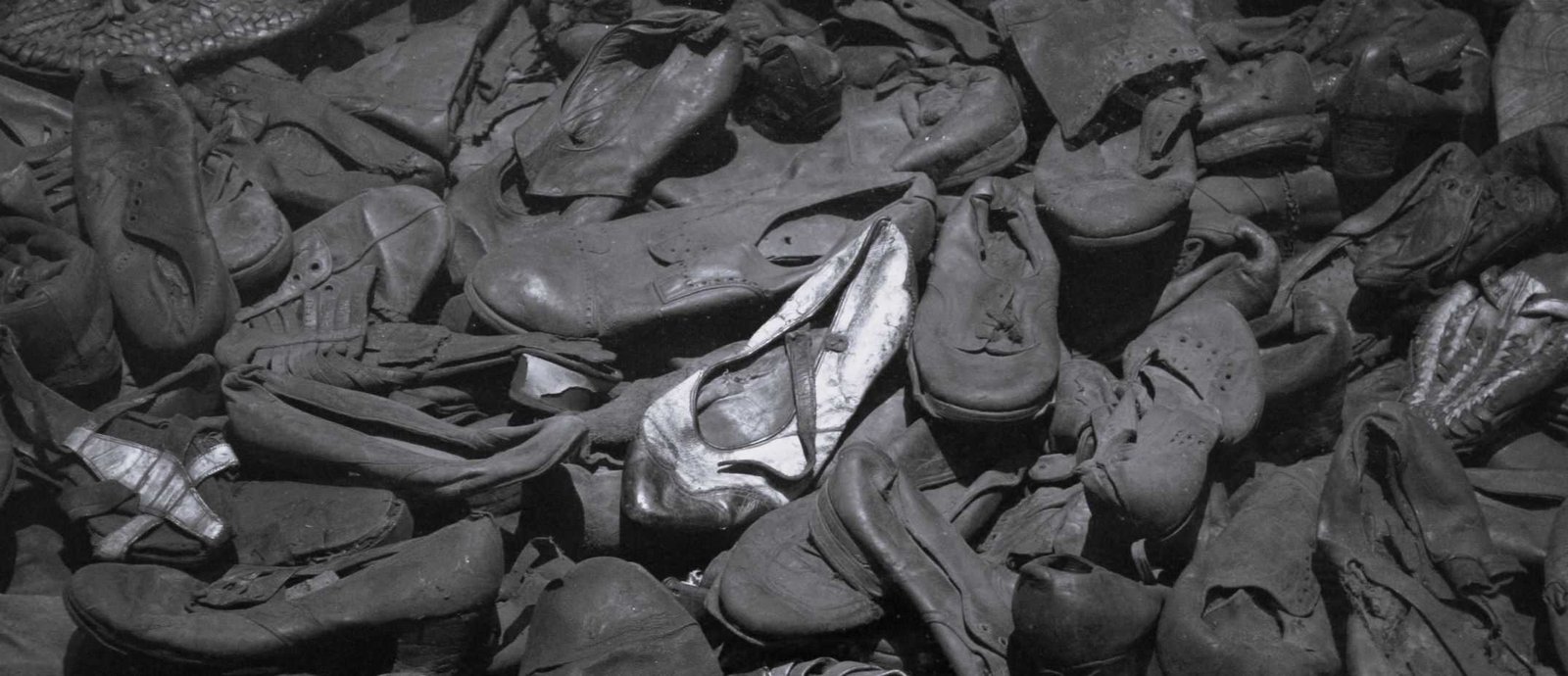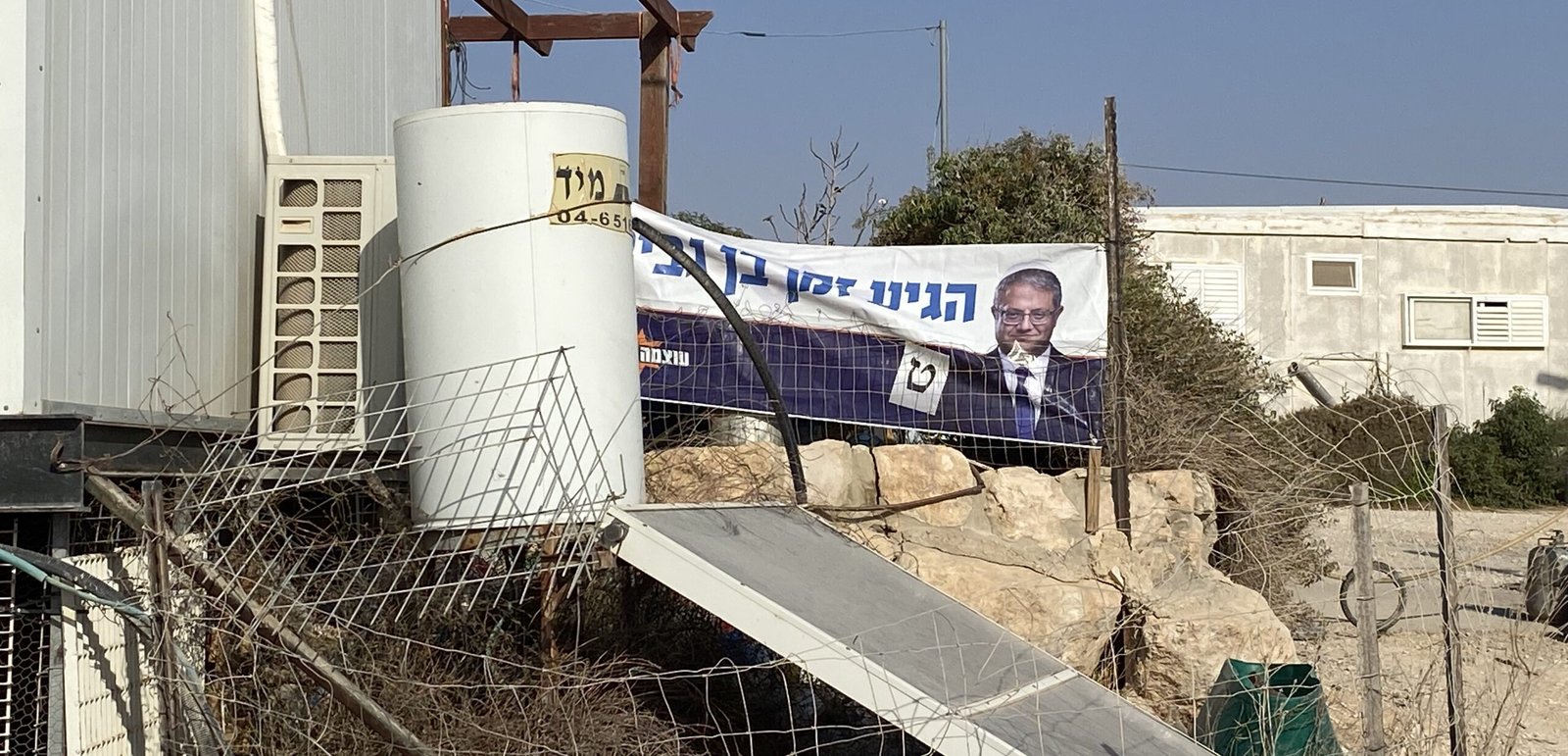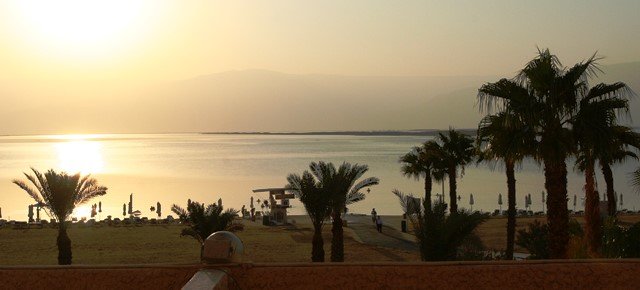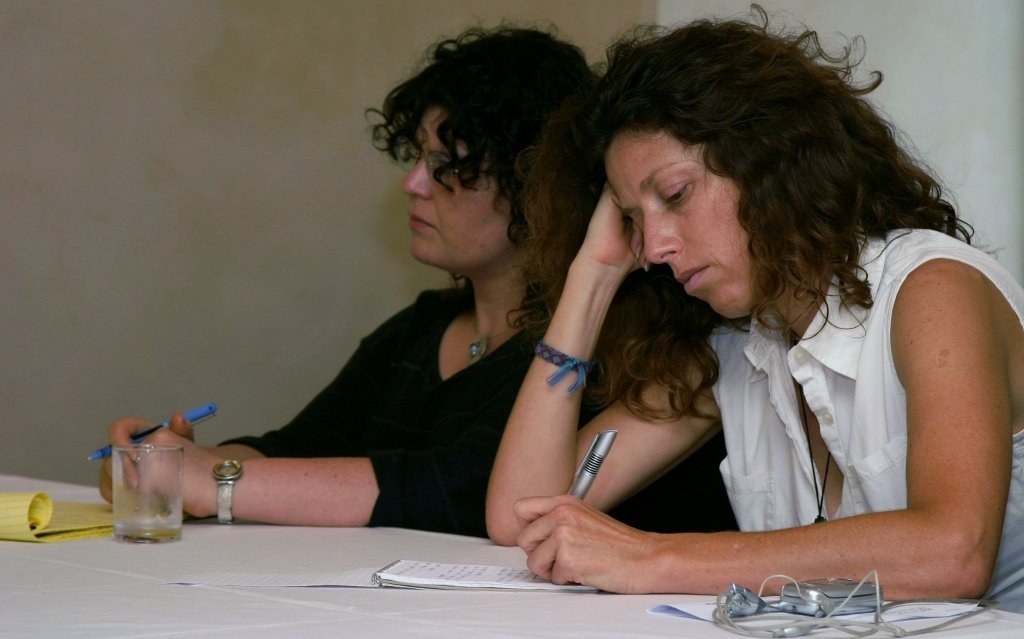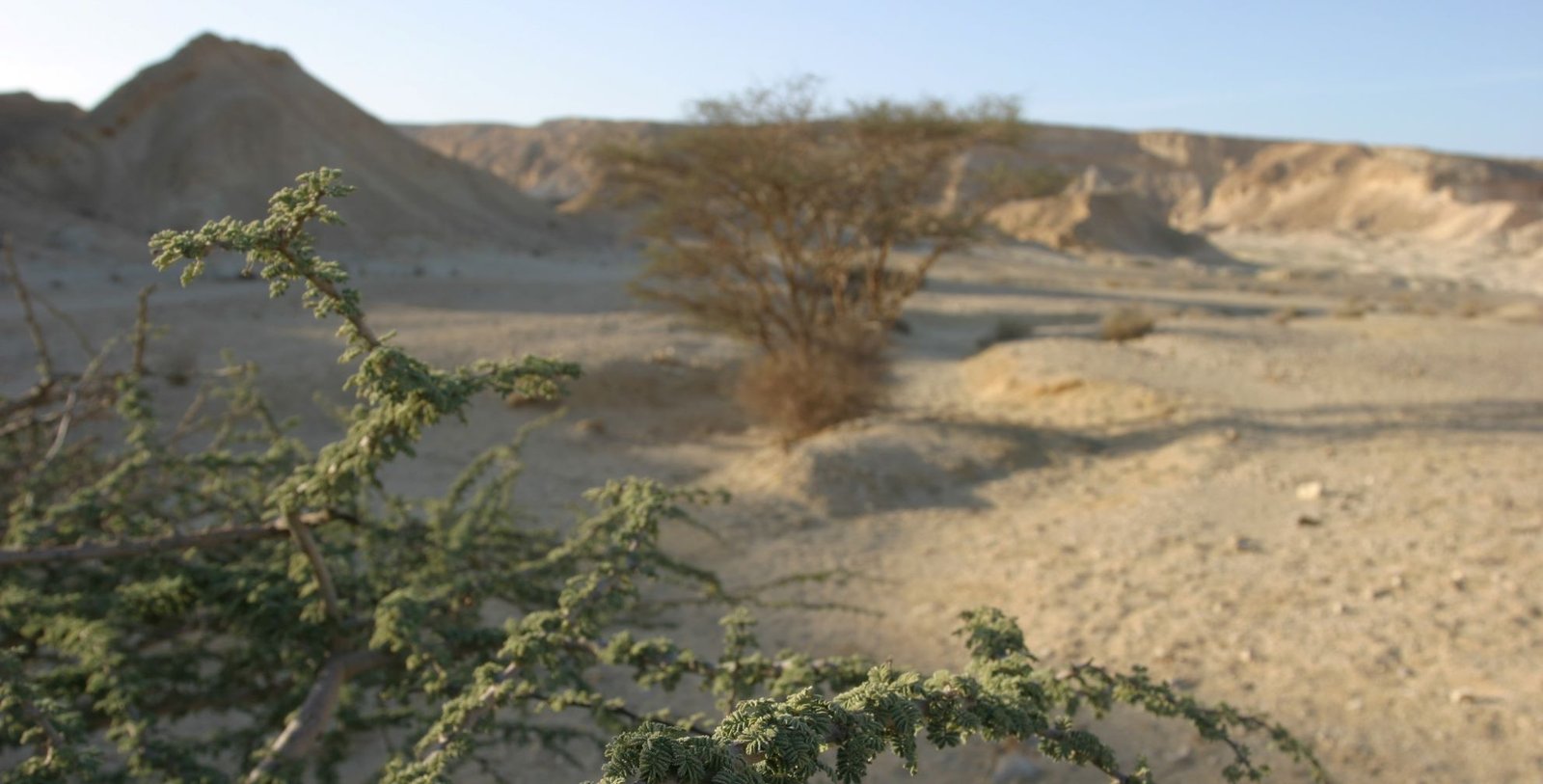Share This Story, Choose Your Platform!
Anyone who lives in Israel as a nature lover and focuses not only on Israel’s achievements, such as drip irrigation, hydroponics, or water desalination, cannot avoid the impression that Israelis, Jews and Arabs alike, do not have much sense for the environment. Judging by the amounts of trash they leave behind everywhere, they seem to be indifferent towards their land. This does not only mean plastic bottles, plastic bags, disposable tableware, beer bottles or cans. No, you’ll find worn out sofas and chairs, mattresses and of course lots of diapers and wet wipes.
However, on the 15th day of the month of Shvat, the Jewish people celebrates a kind of environmental festival every year: The New Year of the Trees. The school of Hillel determined this date in the 1st century CE as transition from the old to the new agricultural year. On this day, the giving of the tithes from the yield of the field for the previous year was to be determined. In the current year 5783, the 15th Shvat falls on February 6, 2023. Shvat is the eleventh month of the Jewish calendar, when you may already feel spring coming. The name “Shvat” occurs in the book of Zechariah (1:7).
The word “TU,” made up of the Hebrew letters “Tet” and “Vav”, stands for the numerical value “15.” Each letter in the Hebrew alphabet is also a number. “Tet” and “Vav” are the numbers “9” and “6.” Why not “10” and “5,” as in the Latin calculation? – Because these numbers would be written as letters “Yud” and “Hey,” “YaH,” which is the beginning and an abbreviation of the biblical name of God, the tetragrammaton, which we usually translate as “Lord.” This abbreviation occurs, for example, in the invitation: “Hallelu Yah” – “Praise the Lord.” Jews are very cautious. In order to not misuse the Holy Name, they take the numbers “9” and “6” instead of “10” and “5” to represent the numerical value “15.”
From the 17th century a book is preserved that records the “Seder TU BiShvat,” the liturgy of the festival of TU BiShvat. This “order” (“seder”) is used even today with some changes and additions. As part of this liturgy, people drink four goblets of wine, representing the four seasons, and recite passages from the Torah, the Prophets, and the Mishnah. They enjoy the fruits of the Land of Israel, especially the so-called “seven species” characteristic of Israel: “For the Lord your God is leading you into a good land … a land where wheat, barley, vines, fig trees and pomegranates grow, a land where there are olive trees and honey” (Deuteronomy 8:7-8) – whereby the honey is date honey.
With the return of the Jews to the land, tree planting resumed. In 1890, teacher and poet Ze’ev Yabetz planted new trees for the first time with a group of students in the town of Zikhron Ya’akov on the 15th of Shvat as part of a celebration. In 1908, the Teachers Union designated this day as the official tree planting holiday and later the Jewish National Fund “Keren Kayemet LeYisrael” adopted the idea. In its present form, however, the feast can only be observed within the land of Israel, which is inferred from the verse in Exodus 19:23: “When you come into the land and plant all kinds of trees…” – the Jewish people view this as a commandment.
In Israel, trees are never a matter of course and Tu BiShvat is always an opportunity to remember all the benefits of a tree. This is true not only for fruit trees, but for trees in general. Everyone who lives in a hot climate appreciates the precious and vital gift of trees, their shade. In ancient thought, the shadow was considered to be the first fruit of a tree.
Trees protect not only from the sun, but also from storms, store rainwater and revitalize the soil. Ya’akov “Yenda” Feldmann, a native of Czechoslovakia, was one of the founders of what is now the hotel resort of Eilat, located at the southernmost tip of Israel, on the shores of the Red Sea. He explained that the trees have reduced temperatures in this desert town by up to 10 degrees Celsius.
Every year hundreds of thousands of seedlings are prepared, mainly cypress, cedar, pine, oak, and eucalyptus trees. The eucalyptus trees are the largest but cannot self-seed. At a height of twenty meters their fruits are being collected, from which then the seeds are obtained. Students, soldiers, families, and tourist groups gather for organized tree-plantings.
A prayer is recited while planting the trees. In it, the heavenly Father is asked to bless the people of Israel and the land he promised to their forefathers. The prayer continues to ask for rain and dew, for blessings on all the plants and especially for the newly planted trees. Moreover, it states: “Root us also in the land of our forefathers, bless us, that we may grow together with these trees and through us all the nations of the earth may be blessed.”
There are many rabbinic interpretations based on biblical comparisons of trees to human beings, such as Psalm 1: “He is like a tree planted by the rivers of water, which brings forth its fruit in its season” (Psalm 1:3). Or: “The days of my people will be like the days of a tree” (Isaiah 65:22) and: “The righteous will flourish like a palm tree; he will grow like a cedar in Lebanon” (Psalm 92:13).
According to the Bible, trees and people have many things in common, they have roots and their life may bring good or bad fruit depending on where they are planted and what they are watered by: “Those who are planted in the house of the Lord will flourish in the courts of our God. And though they grow old, yet they will blossom, be fruitful and fresh, that they may proclaim how the Lord makes it right…” (Psalm 92:14-16).
In Jewish tradition one of the most quoted passages from Scripture for the New Year Festival of Trees is Deuteronomy 20:19: “A man is a tree in the field.” Surprisingly, it is a text taken out of context and logically translated, e.g., by the English Standard Version: “Are the trees in the field human, that they should be besieged by you?”
The New Year Festival of Trees, like all other festivals, is celebrated in the kindergartens and schools of the Jewish state. How else could I have come to know the wonderful poem by Israeli author and poet Datya Ben Dor, which I translate here from Hebrew into English for our readers:
Datya Ben Dor
How Is It to Be a Tree?[1]
One day I asked a certain tree,
“How is it, Tree, a tree to be?”
“You are making fun of me”,
said the tree.
“No, no, no, it couldn’t be!
I am serious,” I said,
“Is it just good, or is it bad?”
“Bad? A funny thought indeed!”
“But you are stuck, you see!”
“I am not stuck, they planted me!”
“Wouldn’t you like to walk and see
How are your friends, how is the blue sea?”
“Stop it, before you go on…
I see the distant horizon,
The whole world in front of me!”
“Why should I wander, move away;
The birds for me sing day by day.
The butterflies are kissing me.
And the wind is stroking me.”
“But in the night, when all is quiet?”
“Then I can listen to the silence;
The earth is breathing, fruits are ripening.
A refreshing dew is falling.
“And in the nests, there in my branches
The sleeping birds then I’m watching.”
I had to say: “I love you, Tree!”
And from my window I can see
My new green freshly planted tree.
[1] The Hebrew original of this poem can be found at https://shironet.mako.co.il/artist?type=lyrics&lang=1&prfid=1743&wrkid=7264.



